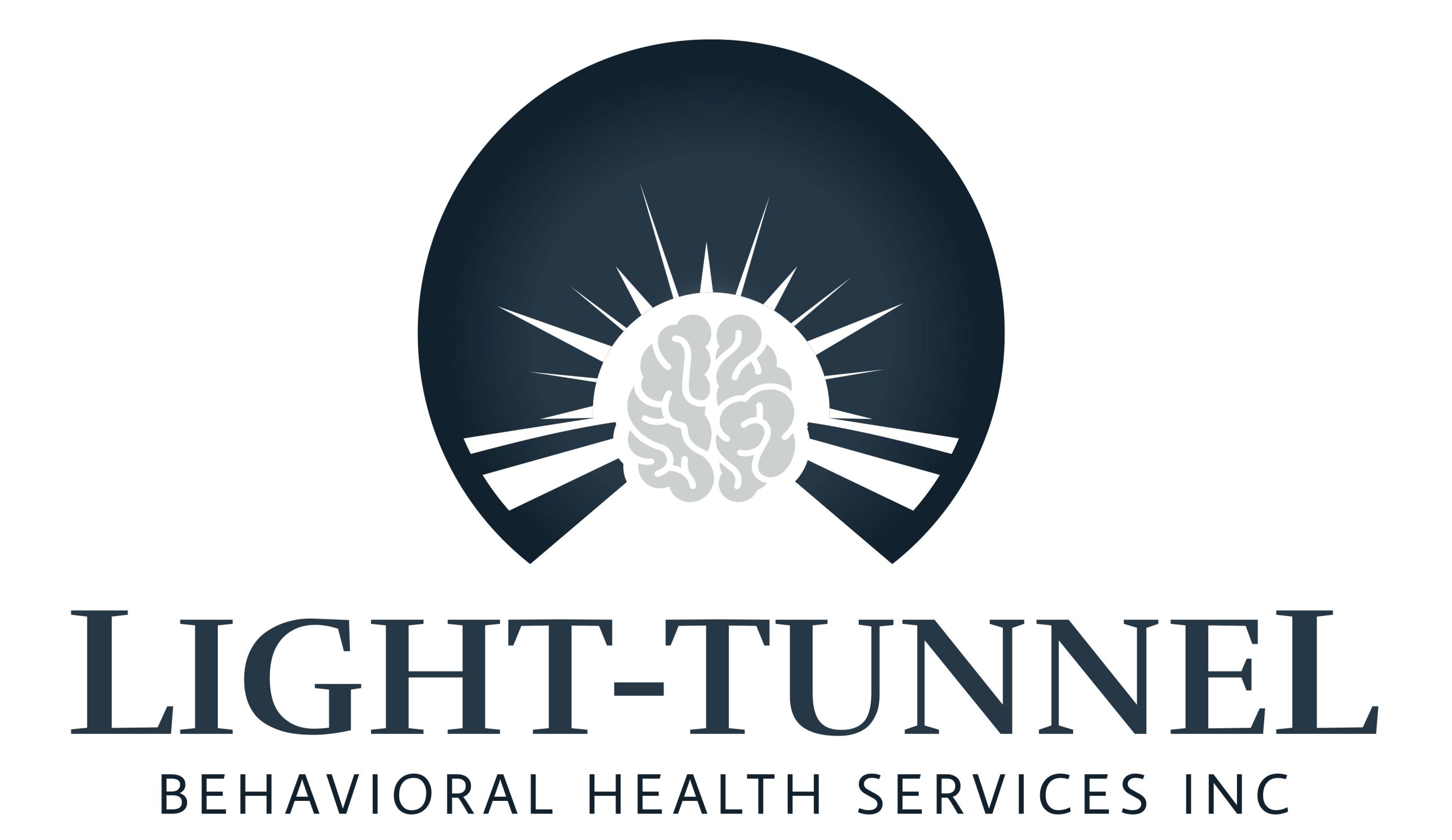
Whenever a kid struggles with communication, play, or social issues, it can indicate autism. How to confirm? That’s where something called the GAR-3 comes in.
GAR-3 stands for Gilliam Autism Rating Scale, Third Edition. It is a reliable tool used by the professionals of Light-tunnel Behavioral Health Services Inc.
It assists families in determining if a child might have Autism Spectrum Disorder (ASD) and begins the process of personalized care and support.
Let’s explore what GAR-3 is, how it works, and why early screening through Light-tunnel can make a difference.
What Is Autism?
Autism, or Autism Spectrum Disorder, is a condition that affects how a child communicates and connects. Some kids with autism might be more reserved or overlook eye contact. They might also focus intensely on specific interests.
Some may struggle to interpret emotions or get distressed when habits shift. Autism is different for every child. That’s why it’s called a “spectrum.”
Some kids may have mild signs. Others may have more challenges. Early testing helps children get help sooner. At Light-tunnel, early testing opens the door to lifelong growth.
What Is the GAR-3?
The GAR-3 is a standardized checklist. It helps adults who know the child, like parents, teachers, or doctors, watch for signs of autism.
Created by James Gilliam and now in its third edition, the GAR-3 has become a widely trusted tool in clinical and educational settings.
At Light-tunnel Behavioral Health Services Inc., we use the GAR-3 as part of our early screening process to ensure families receive timely, accurate insights about their child’s behavior and developmental needs.
Who Can Use the GAR-3?
One great thing about the GAR-3 is that you don’t need to be a doctor to use it. Many people who care for children can fill it out, like:
- Parents or caregivers
- Teachers or school staff
- Speech or occupational therapists
- Pediatricians and psychologists
Our professionals at Light-tunnel Behavioral Health Services Inc. are specially trained to guide families through the GAR-3 assessment process with compassion and clarity.
What Ages Is It For?
The GAR-3 covers ages 3 to 13. This means that it can be used to assess the outcomes of very young children, with particular emphasis on school-age children or even young adults.
The wide age range makes it a relevant tool in a family’s intervention plan.
What Does the GAR-3 Look At?
The GAR-3 includes several key areas:
- Communication: How the child speaks, listens, and responds
- Social Interaction: How they connect with others
- Repetitive Behaviors: Reiterating behaviors or focusing on items
- Emotional Responses: Reactivity to sound, touch, or change
- Cognitive Style: How the child thinks and solves problems
At Light-tunnel, we walk parents through these categories and explain how behaviors are observed and scored with care.
How Is the GAR-3 Scored?
Every behavior is classified as Never, Sometimes, Often, or Very Often. Once all the answers are scored, the child’s complete score aligns with one of three categories:
- Unlikely: The child likely does not have autism
- Possible: Some signs may be present
- Very Likely: The child may have autism and should be evaluated further
Our experts at Light-tunnel Behavioral Health Services Inc. prepare a detailed report and recommend any next steps in your child’s care journey.
Why Is the GAR-3 Important?
The GAR-3 benefits the child in many ways:
- Early Detection
The sooner a child is screened, the sooner help can begin. Children grow and learn rapidly at this early stage; intervention can make a big difference during this stage.
- Guides’ Next Steps
The GAR-3 lets the doctor know when to refer a child to a specialist. It empowers a family to act.
- Supports Teachers and Parents
It offers more information across the systems of school and family. This contributes to jointly assisting the child at home and in class.
How Accurate Is the GAR-3?
The GAR-3 is widely respected for its reliability and validity. At Light-tunnel Behavioral Health Services Inc., we use it alongside clinical expertise and additional evaluations when needed.
While no single tool provides a final diagnosis, GAR-3 is a decisive first step in understanding a child’s needs.
What Happens After the GAR-3?
If a child’s GAR-3 score is “very likely,” we’ll guide families through what comes next. This might include:
- Developmental screenings
- Speech and language evaluations
- Occupational therapy assessments
- Comprehensive medical checkups
At Light-tunnel Behavioral Health Services Inc., we believe in walking with you, not ahead of you. We build a plan tailored to your child’s needs and strengths.
What Can Parents Do?
If you notice signs of autism in your child, trust your feelings. Here’s how to begin:
- Talk to your child’s doctor or teacher
- Ask about completing a GAR-3 Screening
- Observe and write down what you see
- Contact Light-tunnel Behavioral Health Services Inc. for a consultation
We’re here to listen, support, and act together.
Final Thought
The GAR-3 test is a helpful way to understand if a child may have autism. It gives parents, teachers, and doctors a clear starting point to get the proper support. Early help makes a big difference in a child’s life.
At Light-tunnel Behavioral Health Services Inc., we use the GAR-3 to guide families with care and kindness. Our team is here to assist your child’s path with professional evaluation, straightforward responses, and customized attention.
Contact us today to discuss your child’s development and build a brighter future.
FAQs
Q: How many hours does the GAR-3 assessment take?
In general, the GAR-3 takes 15-20 minutes for completion. Our specialists thoroughly analyze the responses and generate a comprehensive report along with insights and next steps.
Q: Is the GAR-3 intended only for young children?
No. The GAR-3 applies to those aged 3-13 and assesses young children, older school-age children, and young adults.


